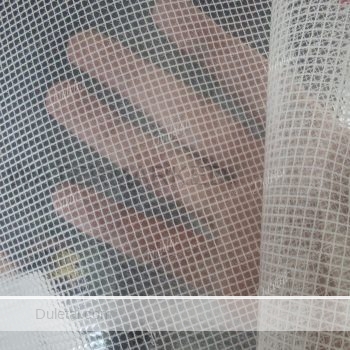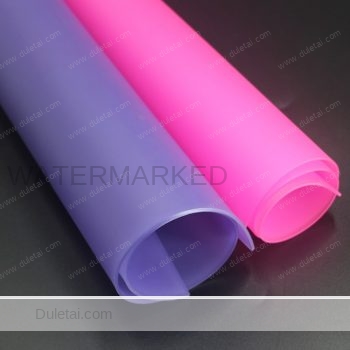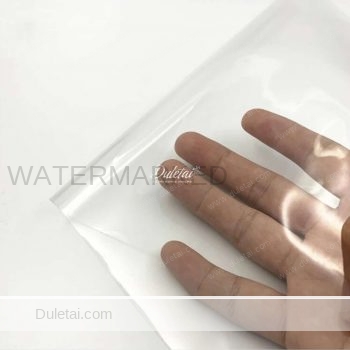TPU
The Difference Between Polyester & Polyether TPU
A variety of polyalcohols can be used for the soft segment of the TPU, and can be roughly classified into a polyether type and a polyester type.
1. TPU polyester material: good tensile properties, flexural properties, abrasion resistance, solvent resistance and high temperature resistance. However, it is not resistant to hydrolysis. After a certain period of use, its internal substances will dissolve in water, it will be yellowish, and it will be harder than polyether. It is not suitable for aquatic products.
2. TPU polyether material: It is an odorless and environmentally friendly material, which is resistant to hydrolysis, high resilience, high abrasion resistance, good tear resistance, tensile strength and peel resistance, high air tightness, strong toughness, not easy to yellow, environmentally safe and non-toxic. Durable, cold-resistant, weather-proof, and maintains good flexibility at minus 35 degrees; especially suitable for use in inflatable water amusement products;
Whether the TPU is Polyether or Polyester based is critical to the performance properties of the TPU film. The two types of composition have different advantages and disadvantages and are suitable for different applications.
For example, Polyester TPUs provide high resistance to chemical and oils while Polyether TPUs offer excellent flexibility and resistance to tearing and hydrolysis.
Generally, Polyester is typically used in the softer urethanes films and features strong abrasion, cut and tear resistance, as well as better oil and heat resistance when compared against Polyether-based TPU. However, Polyether-based TPU features greater resistance to moisture and performs better in low temperature settings.
Abrasion and Tear/Cut Resistance Properties:
Abrasion resistance can be evaluated based on the two factors of sliding and impingement. Impingement refers abrasion sustained from impact to the urethane surface from a high angle, whereas sliding refers to abrasion due to friction from scraping and rubbing.
Polyether provides for excellent impingement resistance (e.g., as a curtain in a sandblaster cabinet to resist impact from blasting media).
Polyester has a high tolerance against sliding abrasion resistance which makes it ideal for applications like elbow and knee reinforcement pads.
In terms of tear and cut resistance, Polyester based films will have higher tensile strength and higher cut and tear resistance when compared against Polyether films.
Water and Moisture Resistance
Due to its excellent resistance against hydrolysis and outstanding hydrolytic stability, Polyether-based TPU films are the more suitable if the finished product is expected to be submerged or continuously exposed to very humid or wet conditions.
Oil, Fuel, Chemical and Solvent Resistance
If exposure to oils, fuel or solvents is of concern, a Polyester-based TPU film should be considered due to its greater capacity against degradation from these harsh chemicals.
Low Temperature Flexibility
As temperatures drop, all elastomers, rubbers and urethanes become less flexible and brittle. This often occurs anywhere between -40°F and -100°F, depending on formulation. Polyether based urethanes are less affected by cold temperatures when compared against Polyester.
Heat Resistance Properties
While both Polyester and Polyether perform well at higher temperatures, Polyesters withstand elevated temperatures longer and are more resistant to heat aging.
Showing all 8 results




